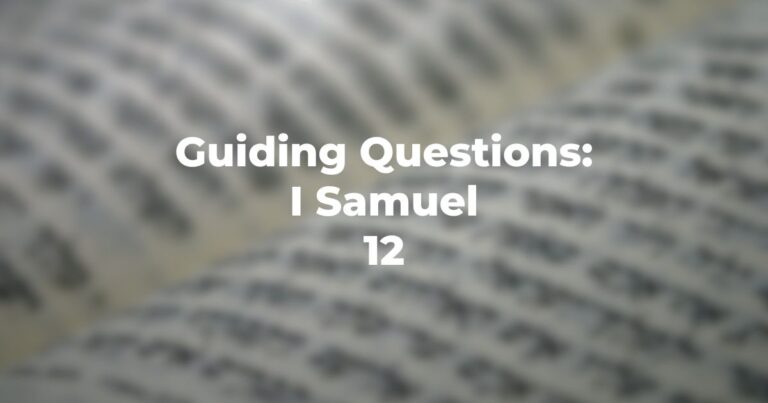- In this chapter is a sickness characterized as “a punishment” (for any improper act) or rather as a natural phenomenon?
- Does this chapter establish that kedushah legislation addresses all aspects of human experience, of which illness (in this case “leprosy”) is a major element?
- Is diagnosis assigned to the Kirvah Center personnel because their tasks involve familiarity with physiology at certain levels?
- Does the diagnosis/therapy involve any “magic”, any “spells”, any “concoctions”, any “oral formula”, any “exorcism” or, rather, is the diagnosis (in ancient terms) “scientific”, i.e. addresses symptomology and is based on observation?
- During the diagnostic period and following (14 days) does the patient engage in any “magic activities” of any kind?
- Then, is illness subject to cure in a natural or in a supernatural way?
- Sickness, when established (in this instance “leprosy”, Lev 13:9-17), results in a religious act or in isolation (quarantine)?
- Is one purpose of this process to protect the community from the infected?
- Would it appear, then, that the worship act is limited to post-healing and, hence, is not regarded as curative but in the nature of thankfulness?
- At any point is the infected person described as a “bad” or a “cursed” person?
- Why would the infected person be brought to the Kohen rather than to the shofet (judge)?
- Is the sick individual, at any point, expected to do anything of a “ritual nature” during his illness?
- Is the cause (source) of the sickness mentioned?
- Is there any hint whatsoever that “God made the individual sick?”
- Why are the skin ailments dealt with as an example of how the ill are to be treated?
- Is there any different treatment for either sex or for age groups?
- Does the ill person pay for diagnosis?
- And, if one wishes to address the question, how did other (pagan) ideologies deal with the physiologically ill and/or handicapped?
Author
-

Exploring Judaism is the digital home for Conservative/Masorti Judaism, embracing the beauty and complexity of Judaism, and our personal search for meaning, learning, and connecting. Our goal is to create content based on three core framing: Meaning-Making (Why?), Practical Living (How?), and Explainers (What?).
View all posts





